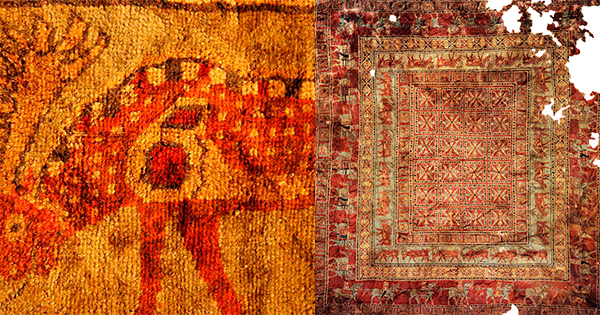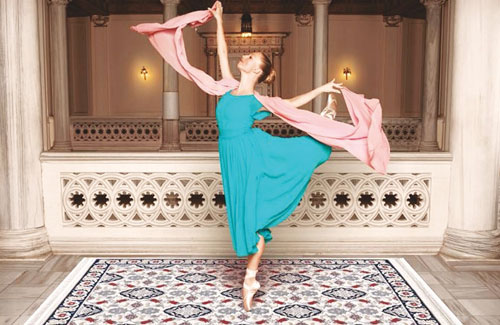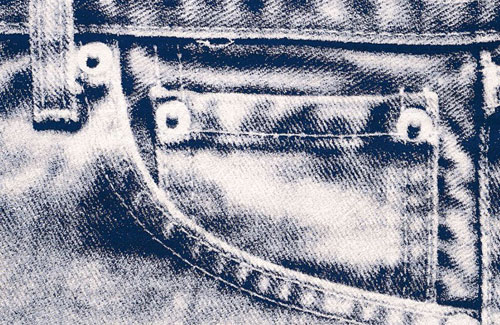Dr. Esen Baydemir, Associate Professor at the Department of Traditional Turkish Arts, Carpet Kilim and Traditional Fabric Patterns Main Branch of Mimar Sinan Fine Arts University, held a solo weaving exhibition titled “Yer ve Gök” (Earth and Sky) at the Azerbaijan State Academy of Fine Arts Museum Exhibition Hall. The exhibition opening was conducted by Professor Fuad Salayev, Vice-Rector of the Azerbaijan State Academy of Fine Arts. The exhibition, attended by professors and students from the Fine Arts University, notably attracted great interest from students specializing in Tapestry and Carpet sections. Additionally, Azerbaijani Contemporary Artist Faig Ahmed also participated in the exhibition opening.
“Tree of Life”
Stating that he was happy to open this exhibition in Azerbaijan, Esen Baydemir said: “The tree is not just a part of nature but also a symbol encompassing many beliefs. Since the dawn of humanity, trees have been revered as sacred symbols across different cultures, representing eternal life, continuity of existence, human lineage, and abundance. Among Turkic communities, certain tree species are also considered sacred. The tree, with its roots delving deep into the earth and branches reaching towards the sky, stands between earth and sky, connecting them, symbolizing life and death, darkness and light. In the art of weaving, it appears as the “Tree of Life”, symbolizing eternal life, lineage, and abundance, holding significant importance in Turkish culture. The female figure, in all societies, has become a symbol of fertility, abundance, and eternal life, sharing similarities in meaning with the tree figure. In the art of weaving, the female figure appears with the “elibelinde” motif. Many mythological tales and legends depict the fusion of the female and tree figures, such as the story of Kübey Hatun and the laurel tree” she said.
Saying that initial concept of the project emerged from the fusion of the female and Tree of Life figures and the establishment of the relationship between traditional and contemporary art through this idea, Baydemir added that they wanted to show the transformation of forms from nature back into nature by combining traditional forms from the roots with natural forms.
















